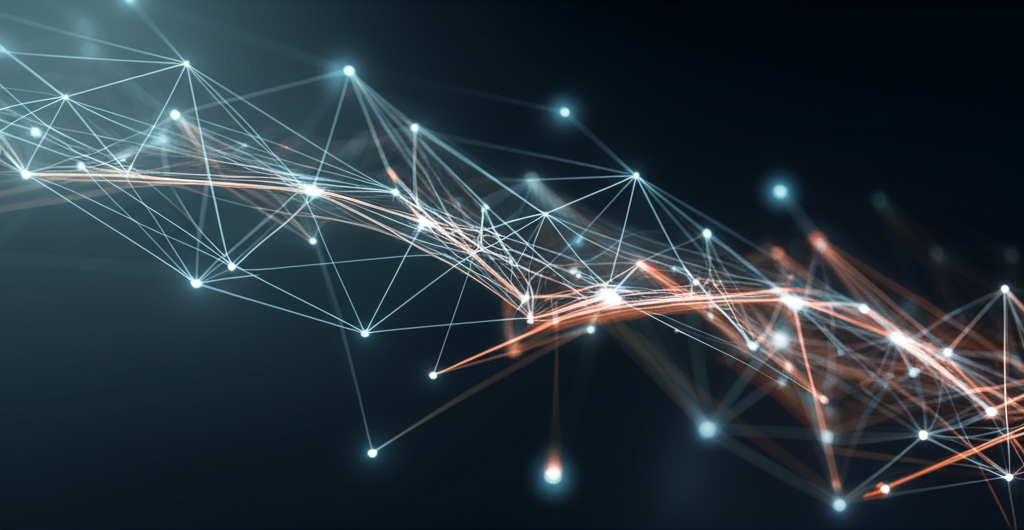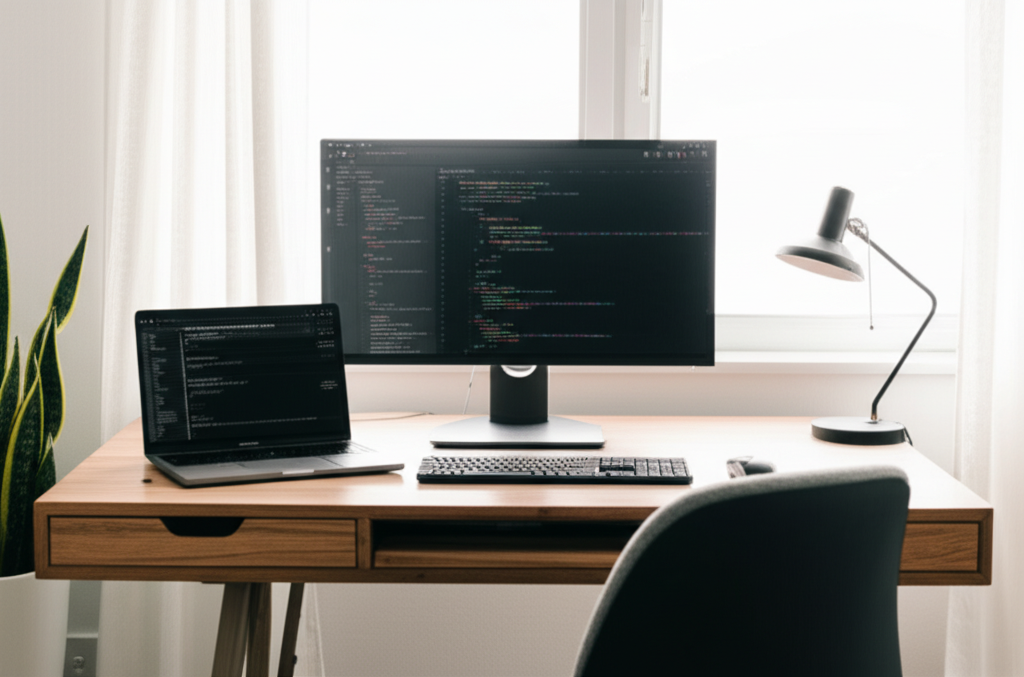AI and Creative Industries
Examining the intersection of artificial intelligence and human creativity in modern workflows.

Artificial intelligence is reshaping creative industries in ways that seemed impossible just a few years ago. From generating art and writing copy to composing music and editing videos, AI tools are becoming integral to creative workflows. This transformation raises important questions about the nature of creativity, the role of human artists, and the future of creative work.
AI as a Creative Partner
Rather than replacing human creativity, AI is emerging as a powerful collaborative partner. Designers use AI to generate initial concepts, writers employ it to overcome writer's block, and musicians leverage it to explore new sonic territories. This partnership model amplifies human creativity rather than diminishing it.
Transforming Creative Workflows
AI is streamlining many time-consuming aspects of creative work:
- Ideation and Brainstorming: AI can generate hundreds of concepts in minutes, providing creative professionals with a rich starting point for refinement.
- Technical Execution: Routine tasks like color correction, basic editing, and format conversion can be automated, freeing creators to focus on higher-level creative decisions.
- Personalization at Scale: AI enables the creation of personalized content for different audiences without proportional increases in time and effort.
- Rapid Prototyping: Quick iterations and variations allow for more experimentation and refinement in the creative process.
New Creative Possibilities
AI is not just optimizing existing processes—it's opening entirely new creative avenues. Generative art, interactive installations that respond to real-time data, and immersive experiences that adapt to individual users are becoming possible for creators who previously lacked the technical skills to implement such concepts.
Challenges and Ethical Considerations
The integration of AI in creative industries isn't without challenges. Questions of authorship, originality, and fair compensation arise when AI contributes significantly to creative output. There are also concerns about AI training data and the potential for bias in AI-generated content.
The Human Element
Despite AI's capabilities, human creativity remains irreplaceable. Emotional intelligence, cultural understanding, and the ability to connect with human experiences are uniquely human traits that AI cannot replicate. The most successful creative professionals are those who learn to leverage AI while maintaining their distinctly human perspective.
Preparing for the Future
Creative professionals who embrace AI as a tool while developing their uniquely human skills—empathy, storytelling, cultural insight, and emotional intelligence—will thrive in this new landscape. The future belongs to those who can seamlessly blend human creativity with AI capabilities.
As AI continues to evolve, the creative industries will likely see even more dramatic changes. The key is to view these changes as opportunities for enhancement rather than threats to human creativity.
